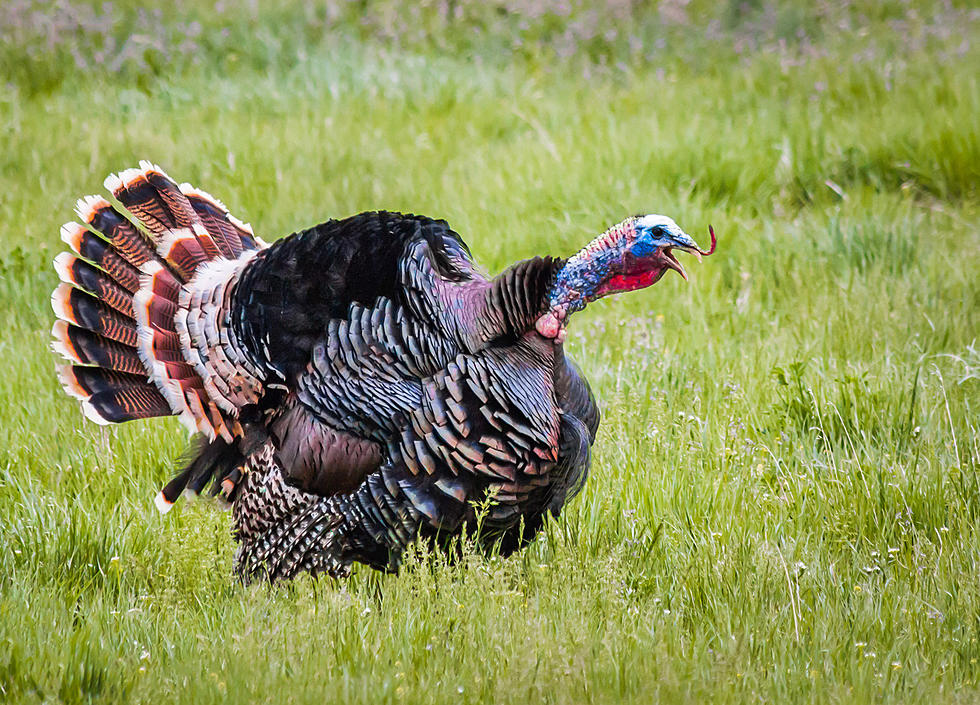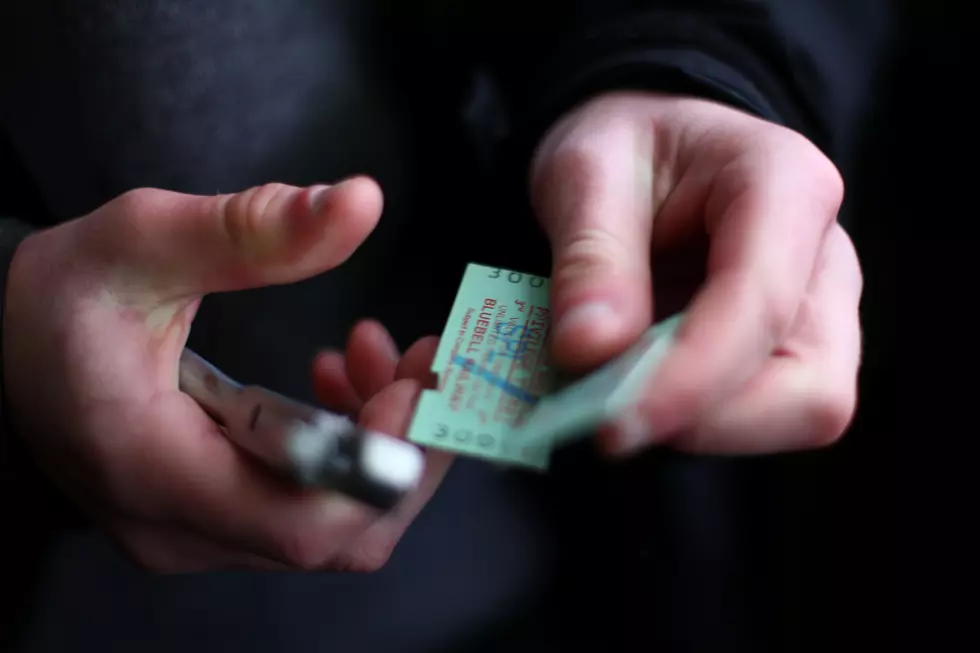
Only Six States Have More People Killed by Trains Than Louisiana

My grandfather, the late Claude McCoy, was an engineer for Kansas City Southern Railroad for over forty years and during his tenure at the control of thousands of locomotives, he saw his share of tragic accidents.
These sobering sights are what prompted him to give me one of my life's greatest lessons when I first got my driver's license. He said, "Son, no matter what you're driving, even if it's the biggest eighteen wheeler on the planet, slow down and pay attention when you come to railroad tracks. Just remember, my train is always bigger and there are no ties."
Through this Sunday, September 26, it's "Rail Safety Week" and I was reminded of my grandfather's wisdom when I read that every three hours a person or vehicle is hit by a train in the United States.
In 2020 alone, there were 1,900 highway-rail collisions across the United States resulting in 198 deaths.
In a letter written by Brett Sebastian, Louisiana State Director for GoRail, we read, "Unfortunately, Louisiana ranks seventh in the nation in collisions and fatalities. Louisiana saw 97 collisions in 2019 resulting in six deaths and 36 injuries."
The good news is that because of Operation Life Saver, there's been an 84% reduction in highway-rail collisions since 1972. But the 1,900 we had last year is still too many.
The goal of Operation Life Safer is to eliminate all deaths on railroad tracks and at railroad crossings and they offer four great tips to keep in mind whenever you're around train tracks or a railroad crossing. Once you've committed these to memory, you'll certainly want to pass them along to any young drivers in your family.
4 Tips to Help You Avoid Being Killed on Train Tracks or at a Railroad Crossing
- Never try to beat a train
- Always expect a train
- Look and listen for trains as you approach a crossing
- Trains cannot stop quickly. (In fact, it takes an average locomotive travelling 55 miles per hour the length of 18 football fields to come to a complete stop)
25 Obscure Facts You Probably Don't Know About Louisiana
10 Festivals We Don't Have in Louisiana But Need
Best Places to Hunt for Bigfoot in Northwest Louisiana
More From KISS Country 93.7









